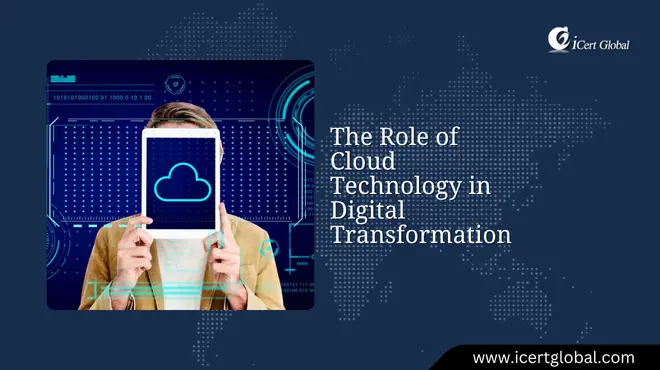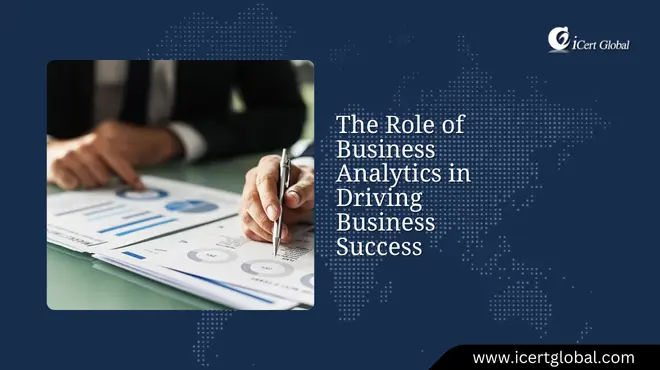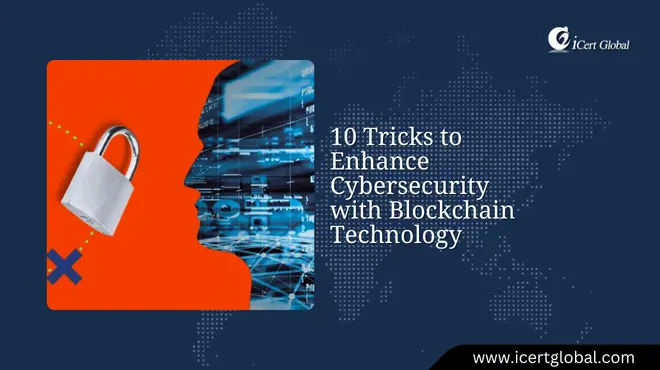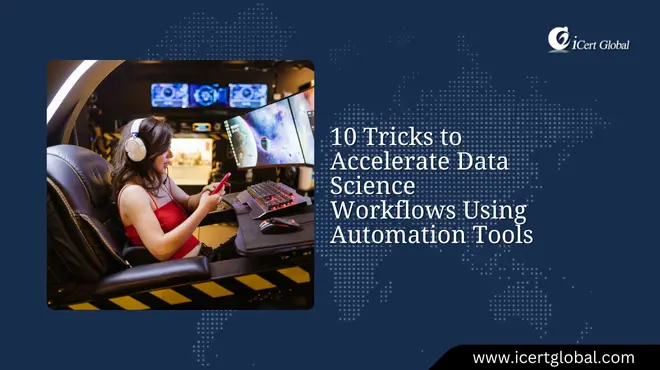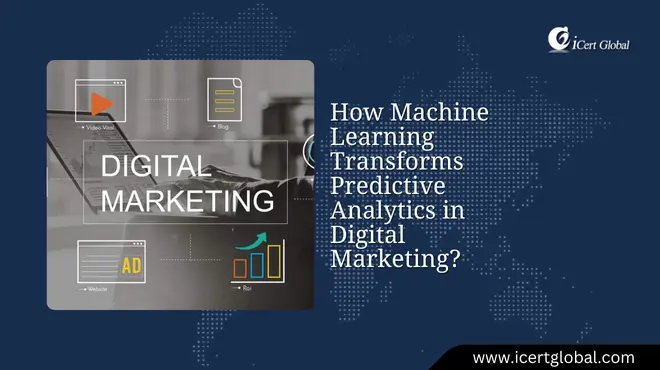Latest Articles
The Future of Web Development: Trends Shaping 2025
As 2025 brings a shift toward more modular and AI-driven web ecosystems, understanding SOLID rules in Java helps develop...
The Importance of Project Management in Business Success
Among the highest paying jobs globally, professionals who excel in project management consistently stand out for their a...
The Role of Cloud Technology in Digital Transformation
Cloud technology isn’t just a backend tool—it’s a cornerstone of digital transformation, helping busin...
The Role of Business Analytics in Driving Business Success
In modern business, driving success often hinges on the strategic use of business analytics to identify opportunities an...
Cloud Computing Secrets Experts Don’t Want You to Know
Cloud computing isn’t just behind the apps we use daily—it’s a hidden force shaping industries, and ex...
Why Python Is the First Language Every Coder Should Learn
Real-life Python programming examples demonstrate how effortlessly beginners can pick up coding logic, reinforcing why P...
Why Project Managers Are the New Digital Strategists in 2025
In today’s digital-first era, the best project tracking tools of 2025 enable project managers to go beyond timelin...
From Zero to Bug Bounty: Beginner’s Roadmap to Ethical Hacking Success
Whether it’s network security, endpoint protection, or cloud security, understanding all 7 types of cybersecurity ...
Why Choose Scrum Over Waterfall for Complex Projects?
Embracing Agile’s rule-breaking mindset makes it clear why Scrum often outshines Waterfall in complex projects, of...
10 Tricks to Enhance Cybersecurity with Blockchain Technology
As you prioritize computer security in 2025, blockchain-based strategies offer innovative ways to strengthen defenses an...
10 Tricks to Accelerate Data Science Workflows Using Automation Tools
The volume of data generation worldwide is staggering, with current forecasts predicting that the world will generate mo...
How Machine Learning Transforms Predictive Analytics in Digital Marketing?
The combination of advanced online marketing tools and predictive analytics powered by machine learning enables brands t...
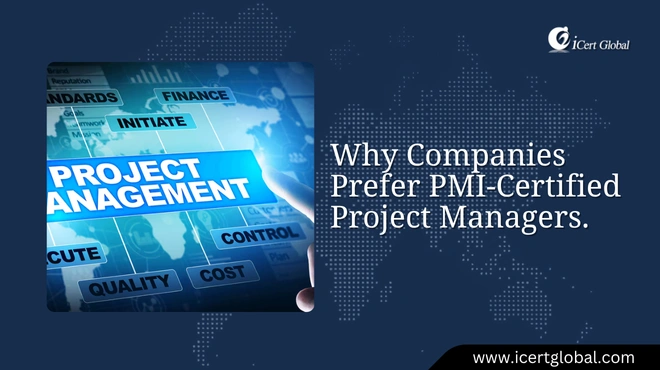

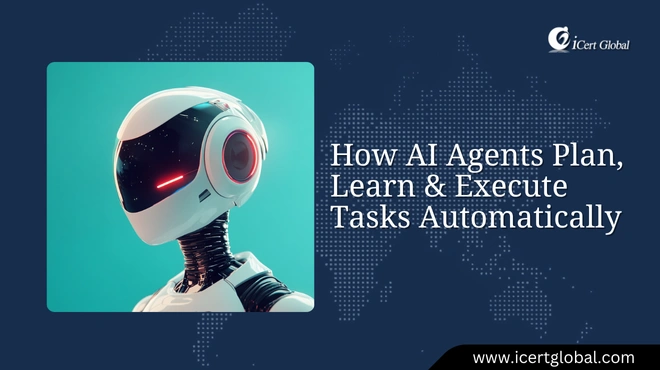
.jpg)




